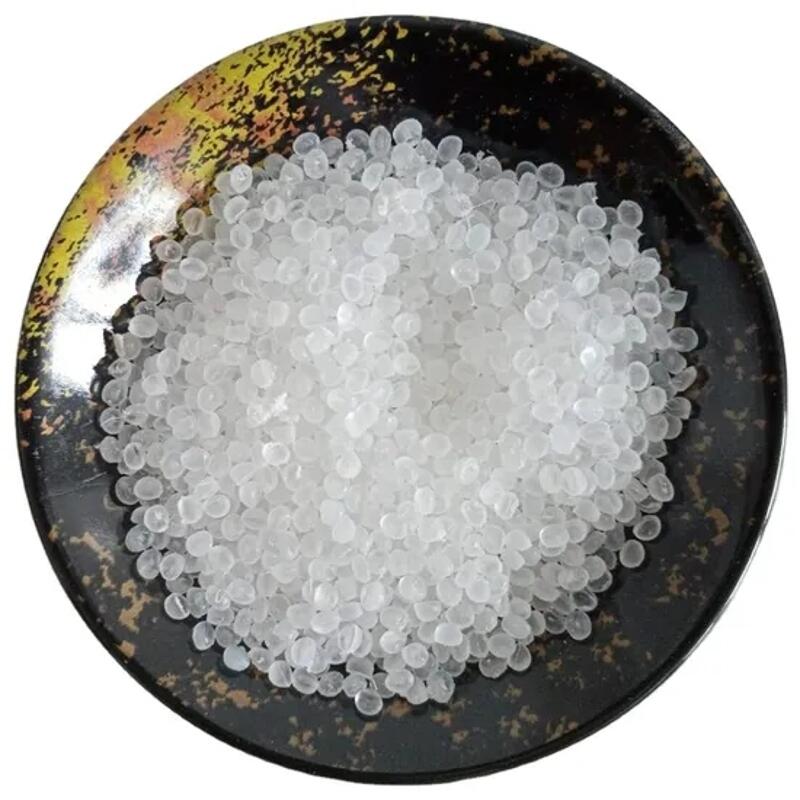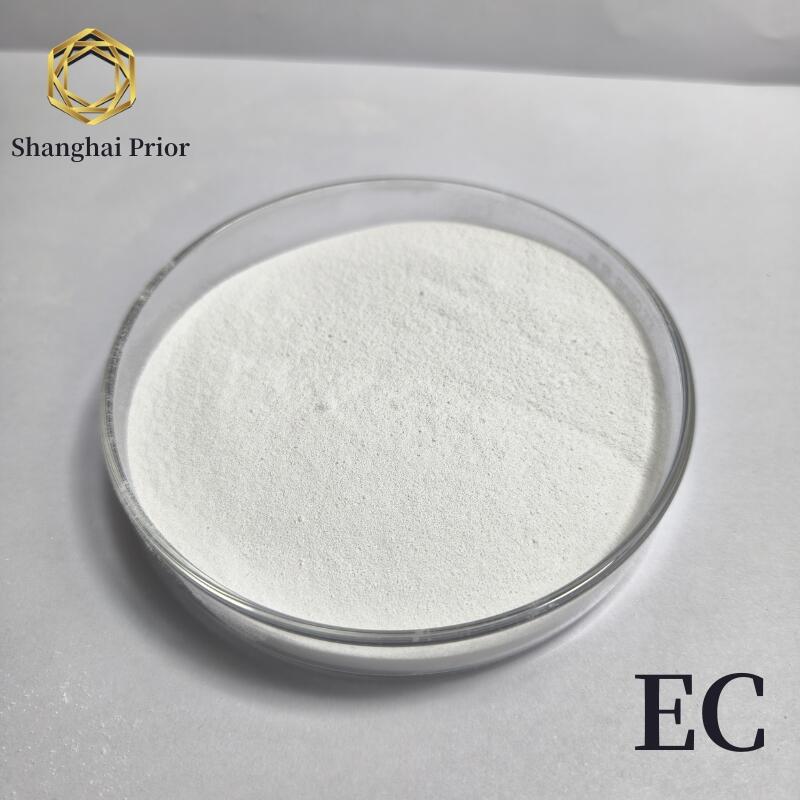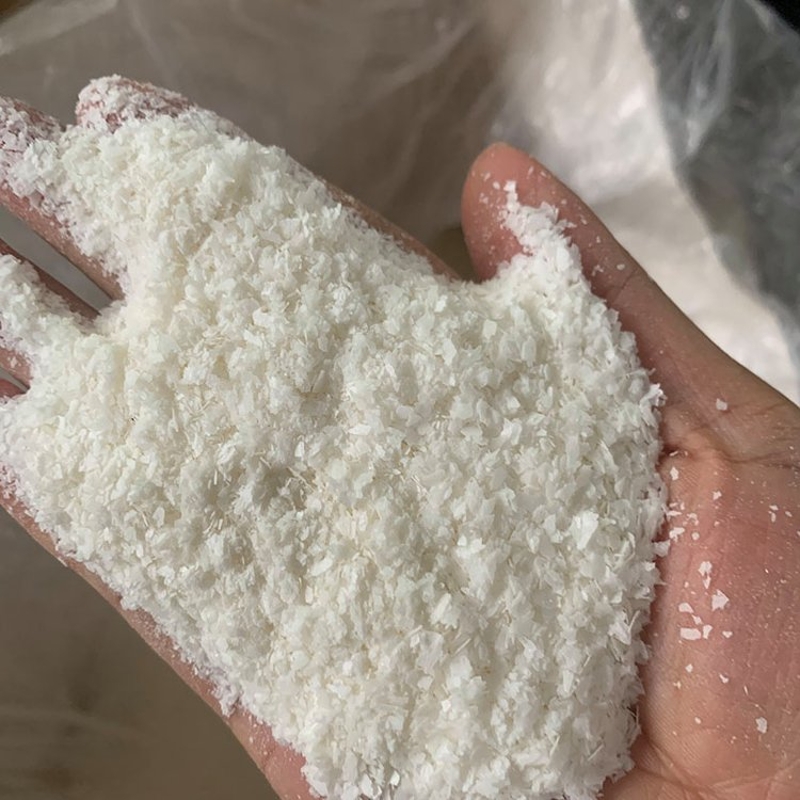-
Categories
-
Pharmaceutical Intermediates
-
Active Pharmaceutical Ingredients
-
Food Additives
- Industrial Coatings
- Agrochemicals
- Dyes and Pigments
- Surfactant
- Flavors and Fragrances
- Chemical Reagents
- Catalyst and Auxiliary
- Natural Products
- Inorganic Chemistry
-
Organic Chemistry
-
Biochemical Engineering
- Analytical Chemistry
-
Cosmetic Ingredient
- Water Treatment Chemical
-
Pharmaceutical Intermediates
Promotion
ECHEMI Mall
Wholesale
Weekly Price
Exhibition
News
-
Trade Service
Additives commonly required in epoxy adhesives include thinners, tougheners, fillers and conjoined agents. Their main role is to further improve the properties of epoxy adhesives, so that they can be more widely used.
additives commonly required in epoxy adhesives are thinners, tougheners, fillers and conjoined agents
in
. Their main role is to further improve the properties of epoxy adhesives, so that they can be more widely used.
, the main role of
diluent is to reduce the viscosity of the epoxy adhesive system and improve the process performance. However, the addition of thinners has obvious effects on the thermal deformation temperature (HDT) and mechanical properties of epoxy curing. Diluents are divided into active and inactive diluents.
1, inactive thinner
in this physical mixing process, can not participate in the curing reaction, only play a dilution viscosity effect, its dosage is about 5 to 20% of the total content of the ingredients is appropriate. Most of the inactive thinners are high boiling point solvents such as phthalates, phthalates and so on.
2, active thinner
is mainly containing epoxy group of low-molecular epoxy compounds, can be cured with epoxy resin reaction, its addition has little effect on the performance of curing substances, can be divided into monoenoxygen and double epoxy-based active diluent.
second, tougheners
epoxy resin unalmed curing material elongation rate is low, poor toughness, brittleness is large. When subjected to internal or external stresses, defect areas are rapidly formed and extended into cracks, causing the curing to crack. The modified epoxy curing has greater toughness and impact resistance. Tougheners can also be divided into active and inactive.
1, inactive tougheners
do not contain active groups, only mixed with epoxy resin without chemical reactions. Most of them are small viscosity liquid, with dilution effect, is conducive to the diffusion, adsorption and immersion of the glue surface, and can increase mobility, so that the curing material flexibility is good. (It is important to note that its dosage must be controlled or it will overflow from the glue layer after curing). The dosing amount is 5 to 20% of the resin amount.
2, active tougheners
containing active groups, can participate in the curing reaction of epoxy resin can also be mixed with epoxy resin, play a toughening effect. Commonly used tougheners are: liquid polysulfur rubber, liquid butyl rubber (liquid endobutylbutylene rubber), liquid end pylon (hydroxy) base polybutylene rubber, polyethylene alcohol shrinkage, polyurethane, nylon, low-molecular polyamide and polyether resin.
, fillers
the main role of fillers is to reduce the shrinkage of the glue layer, improve the shear strength of the glue. Its main role is:
1, filler to thicken the glue or increase viscosity.
2, fillers reduce shrinkage stress and thermal stress.
can affect the materialization performance of the glue layer. For example, the added iron powder to epoxy resin can improve magnetic conductivity. In addition, the addition of fillers will reduce the peeling strength of epoxy glue, so the general structure glue in addition to the addition of a denatured 2 silica, no longer filler.
4, even agent
-coupled agent is mainly to improve the strength of the glue joint and moisture-resistant heat aging performance, dosage of about 1 to 5%, mostly silicone coupled agent, commonly used in epoxy formula KH-550 and KH-560.
silane coupled agent molecule contains a part of the base group (X) and inorganic surface is better affinity, and the other part of the base group (R) can be combined with organic resin, can be used to treat fabrics, coating or adhesive surface treatment agent, effectively improve the strength of the glue.







